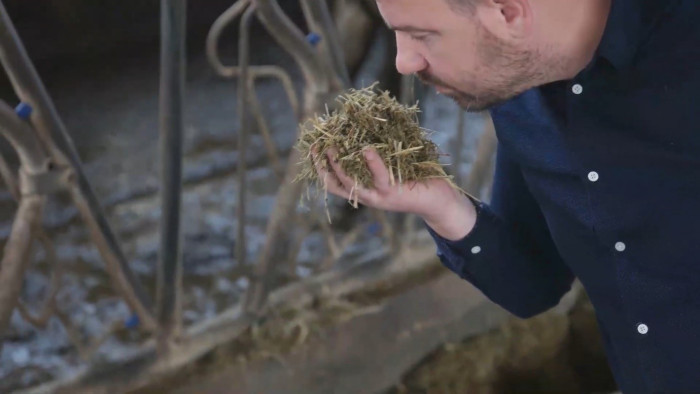
New study on what dairy farmers need to change on their farms to tap the potentials of the Albanian dairy market
In Albania, dairy farming plays an important role in sustainable agriculture. It makes best use of field legumes grown as part of the crop rotation and it supplies manure for field crops. In the household economy, it generates daily incomes and allows for a cash flow which helps farmers to bridge financial gaps between two harvests.
However, in Albania the number of cows is declining rapidly. In 2018, 343,000 cows were still counted while in 2021, this number decreased to 278,000. The drop in cow numbers has amplified in 2022, when grains became expensive. Milk scarcity in August 2022 has led to a surge in raw milk prices, as milk processors need more than 150,000 t of raw milk per year to satisfy the local market and generate a return on investment. Dairy companies are now collecting less than 100,000 t per year, and prices therefore remain high.
The trend that many small farm households are getting rid of their milking cows now that feed and fodder get expensive on the market is commonly known. However, why have only few middle-sized dairy farms appeared and why are they struggling with low productivity and high unit costs? To understand the reasons and design action to support dairy farms of this middle-sized segment, AFC carried out a thorough analysis at farm level of farms which are integrated into the supply chains of 5 larger Albanian dairy companies.
While Albania’s processors have the capacity to make first class dairy products (cheese, yoghurt and fresh milk), productivity losses mostly have to do with the volume and the quality of raw milk they receive. Milk yields are low and farmers use outdated and unmodern technologies which mainly prevents the increase of yields. Dairy processing companies therefore rely on imported raw materials (milk or milk products) which are usually of inferior quality (very low fat) and come at higher costs than if produced locally.
The main weaknesses at farm level can be grouped into 5 categories: i) Farmers use feed rations which do not make best use of the fodder resources that can be produced on-farm; ii) Farmers do not keep records; this makes herd management difficult, increases veterinary costs and prevents farmers from improving annual milk yields; iii) Stable conditions are not in harmony with animal welfare principles: There are issues with the size and floor of berths, lighting, ventilation, cleanness, milking hygiene and lacking opportunity for mechanisation; iv) Heifers and cows are not inseminated at the most appropriate time; v) Poor claw health was identified as one of the most important factors affecting milk yield and fertility.
The study calls for capacity building of farmers and all actors providing services to farmers including veterinarians and sourcing managers of dairy processing companies. In addition, the report identifies the need to stimulate investment into new cow stables or the reconstruction of old stables into units which respect the basic principles of animal welfare. Furthermore, investments into farm machinery are needed for the harvesting of fodder and the handling of manure.
For more information, please download the full study: Results and conclusions of a dairy supply chain and value drain analysis in Albania by AFC Agriculture & Finance Consultants - Issuu
Or contact: Christoph.Arndt [at] afci.de
